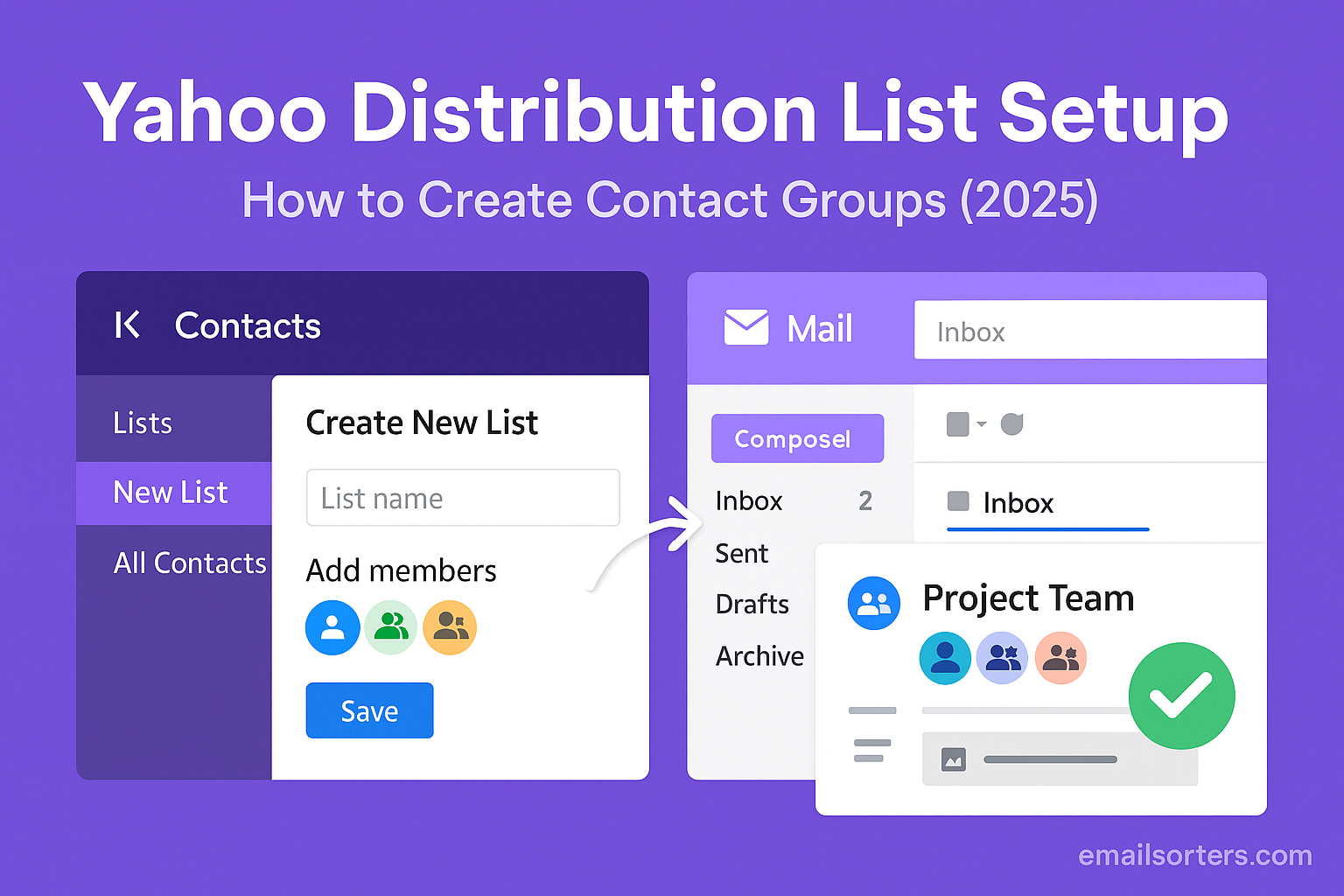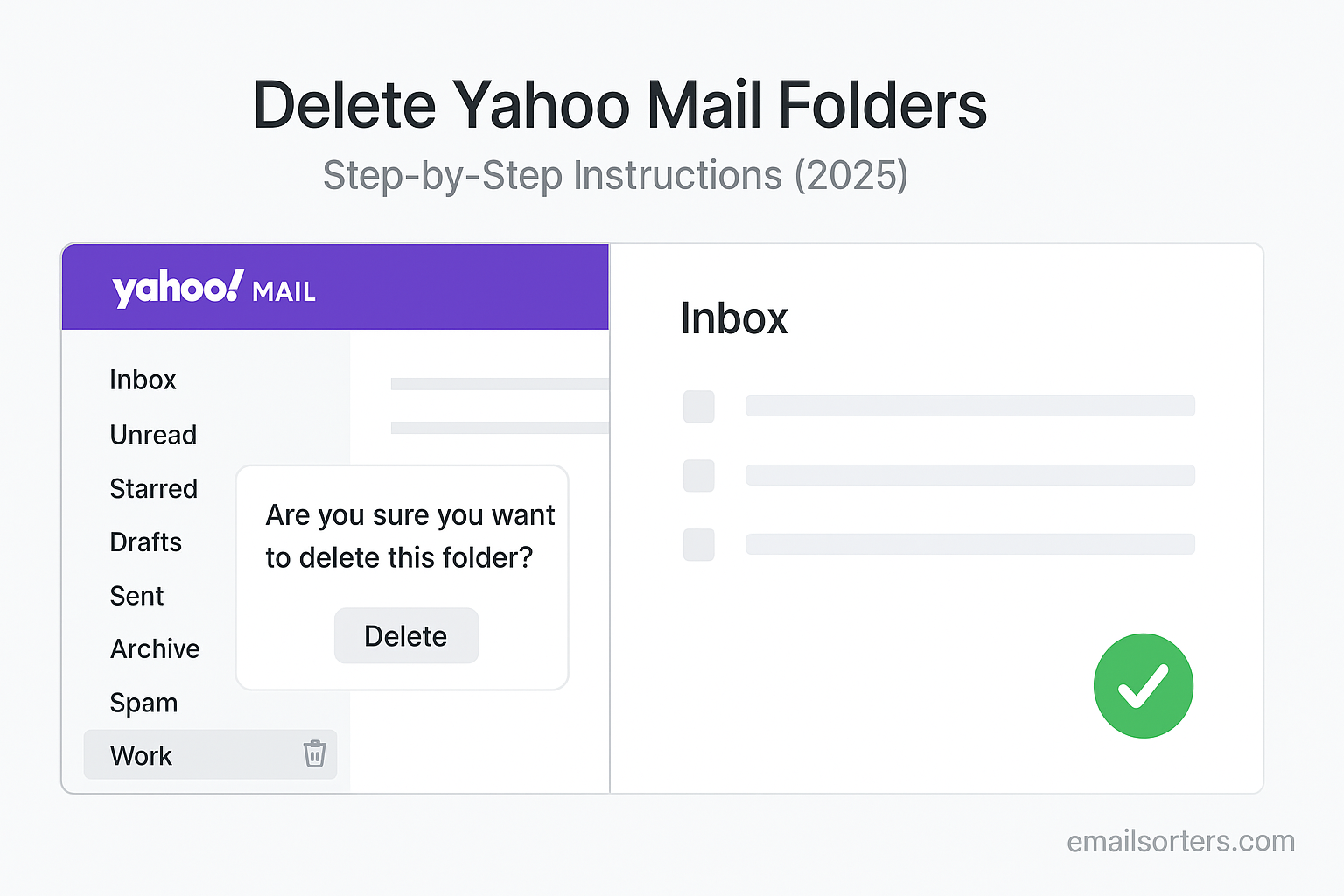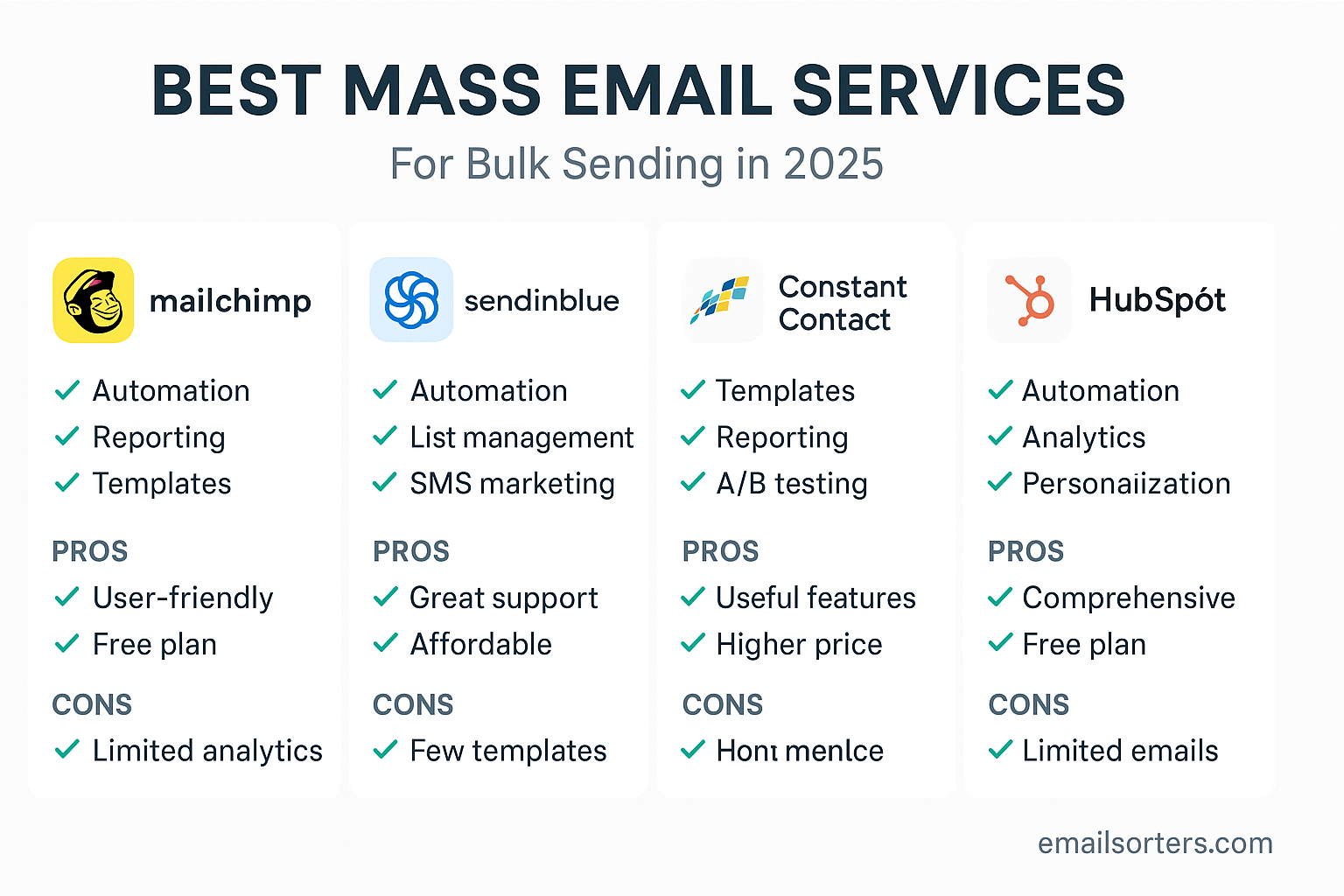A speed up Outlook can bring your entire workday to a halt. Simple tasks like opening an email or switching to your calendar can turn into a frustrating waiting game. The good news is that you do not have to live with it. A slow Outlook is almost always a bloated Outlook, and there are simple, effective steps you can take to restore its speed.
The most common causes for a slow Outlook are an overly large data file and too many third-party add-ins. This 2025 guide provides a complete, step-by-step walkthrough of the solutions for every platform. We will cover how to speed up the classic desktop client on Windows, how to optimize Outlook on a Mac, and how to improve the performance of the mobile apps.
The Core Reasons Why Outlook Slows Down
Before diving into the fixes, it helps to understand why Outlook becomes slow over time. The issues usually boil down to a few key culprits.
The Weight of Your Data File
Think of your Outlook data file (the .pst or .ost file on your computer) as a physical filing cabinet. When you first get it, it is empty and easy to manage. Over years of use, you fill it with tens of thousands of emails, attachments, and calendar appointments. The bigger and more stuffed this filing cabinet gets, the longer it takes for Outlook to open it, search through it, and find the information you need.
The Burden of Add-ins
Add-ins are small programs created by other companies that add extra functionality to Outlook. While some can be useful, they are like extra apps running inside Outlook. Each one consumes memory and processing power. Having too many add-ins running at once can significantly slow down the application, causing it to lag or even become unresponsive.
Outdated Software and Network Issues
Running an old, un-updated version of Outlook can also cause performance problems, as updates often include bug fixes and performance enhancements. In addition, a slow or unstable internet connection can make Outlook feel sluggish, as it struggles to sync your data with the mail server.
A Deep Dive: Speeding Up Outlook on Windows
The classic Outlook desktop client for Windows is the most powerful version, but it is also the most susceptible to slowdowns. Here are the most effective steps to restore its speed.
Step 1: Disable Unnecessary Add-ins
This is often the quickest and most effective fix.
- In Outlook, go to File > Options > Add-ins.
- At the bottom of the window, next to “Manage,” make sure “COM Add-ins” is selected and click “Go…”.
- A new window will appear listing all your active add-ins. Uncheck a few that you do not recognize or need. Do not disable essential Microsoft add-ins unless you are sure.
- Click “OK” and restart Outlook. If you notice a speed improvement, you can go back and re-enable them one by one to find the specific add-in that was causing the problem.
Step 2: Archive Your Old Mail
The single best way to improve performance is to reduce the size of your main data file. Archiving moves old emails to a separate data file, lightening the load on your main mailbox.
- Go to File > Options > Advanced.
- Find the “AutoArchive” section and click “AutoArchive Settings…”.
- Check the box for “Run AutoArchive every X days.” Set it to run every 14 or 30 days.
- Configure the settings to archive items older than a certain period (e.g., 6 months) and choose a location for your archive file.
- Click “OK.” You can also run the archive manually from the File > Info > Tools menu.
Step 3: Compact Your Outlook Data File
After you have archived old mail, your main data file will have a lot of empty space inside it. You need to “compact” the file to reclaim this space and actually reduce its size on your hard drive.
- Go to File > Account Settings > Account Settings.
- Click on the “Data Files” tab.
- Select your main data file and click “Settings…”.
- In the new window, click the “Compact Now” button. This process may take several minutes.
Step 4: Repair Your Data File
If your performance issues are accompanied by error messages or crashes, your data file may be corrupted. You can use the built-in Inbox Repair Tool (scanpst.exe) to fix it. You will need to close Outlook and then find this tool on your computer (a quick web search will show you its location for your version of Office).
Step 5: Disable Hardware Graphics Acceleration
On some computer configurations, a setting called hardware graphics acceleration can cause display issues and slowdowns. To disable it, go to File > Options > Advanced. In the “Display” section, check the box for “Disable hardware graphics acceleration.”
A Focused Guide: Speeding Up Outlook on a Mac
The Outlook for Mac client is a different application, but it can suffer from similar performance issues. Here are the best ways to speed it up.
The “New Outlook” vs. The Legacy Version
Microsoft offers two versions of Outlook on the Mac. If you are using the older, “Legacy” version, consider switching to the “New Outlook” by using the toggle in the top-right corner. The new version is built on a more modern codebase and is generally faster and more responsive.
Rebuilding the Profile
A corrupted Outlook Profile can cause slowdowns and other issues on a Mac. You can use the Outlook Profile Manager tool to create a new, clean profile. You will need to close Outlook and then find the tool in your Applications folder (you may need to right-click the Outlook app and “Show Package Contents”).
Clearing the Cache
Outlook for Mac caches a copy of your mailbox items for faster access. Sometimes, this cache can become bloated or corrupted. You can clear the cache for a specific folder to force a fresh sync.
- In the folder pane, right-click on the folder you want to clear (e.g., your Inbox).
- Select “Properties…”.
- In the properties window, click the “Empty Cache” button.
Managing Your “On My Computer” Folders
If you have a lot of emails stored in local “On My Computer” folders, this can slow down the Mac client. Try to keep these local folders as small as possible by archiving old mail.
On the Go: Speeding Up the Outlook Mobile App
The Outlook mobile apps for iOS and Android are generally very fast, but they can sometimes get bogged down.
The Most Common Culprit: A Full Device
The performance of the Outlook mobile app is often directly related to the overall health of your phone. If your device’s storage is nearly full, all your apps will start to slow down. The first step is to free up some space on your phone.
Resetting the Account
This is the simplest and most effective fix for most mobile app issues. It forces a complete, fresh sync of your mailbox.
- Open the Outlook app.
- Tap your profile picture or the menu icon in the top-left.
- Tap the gear icon for Settings.
- Select your email account.
- Scroll to the bottom and tap “Reset Account.”
Clearing the App Cache (Android)
For Android users, clearing the app’s temporary cache can often resolve performance issues.
- Go to your phone’s Settings > Apps.
- Find and tap on “Outlook.”
- Tap on “Storage” and then tap the “Clear cache” button.
The Broader Context of Inbox Management
Good performance starts with good habits. A clean and organized inbox will always be faster than a cluttered one.
Good Habits for a Fast Inbox
Regularly cleaning out your mailbox is key. This includes emptying your Deleted Items folder and your Junk Email folder. It is also a best practice to delete folders in Outlook that you no longer need. In addition, large attachments are a primary cause of bloated data files. Our guide on how to increase the Outlook attachment limit explains how to use cloud storage instead, which keeps your mailbox lean.
How Outlook Compares to Other Platforms
All email clients can become slow if they are forced to manage too much data. A look at an AOL Mail overview or a Yahoo Mail overview would show that while they are web-based, performance is still a key concern for their users.
A Look at Outlook’s User Base
As one of the world’s most popular email clients, especially for business, Outlook’s performance is a critical topic for millions of users. The latest Outlook statistics show just how many people rely on this tool for their daily productivity.
A Checklist for a Faster Outlook Experience
Use this checklist to perform a full performance audit of your Outlook setup across all your devices.
Your Outlook Performance Plan
This list provides a simple framework for identifying and fixing the most common causes of a slow Outlook.
- Have you gone through your add-ins on your Windows PC and disabled all the ones you do not need?
- Have you run the AutoArchive tool to move emails older than six months to a separate archive file?
- Have you compacted your main Outlook data file after archiving to reclaim the free space?
- Is your version of the Outlook application and your computer’s operating system fully up-to-date?
- If you are on a Mac, have you tried switching to the “New Outlook” for better performance?
- Have you tried the “Reset Account” function or cleared the cache for the app on your mobile phone?
- Do you regularly empty your “Deleted Items” and “Junk Email” folders to reduce clutter?
Using Third-Party Tools for a Deep Clean
The most effective way to speed up Outlook is to reduce the amount of data it has to manage. Manually cleaning out years of old email is a huge task.
The Challenge of a Massive Inbox
An inbox with 50,000 or 100,000 emails is a major cause of performance issues. Finding and deleting the thousands of old, unnecessary messages is not practical to do by hand.
The Role of Automated Inbox Organizers
In these situations, third-party inbox management tools can be a lifesaver. Services from companies like Clean Email, for example, can securely connect to your Outlook account. They provide smart filters and automation to help you quickly find and bulk-delete or archive thousands of old newsletters, notifications, and other clutter, dramatically reducing the size of your mailbox.
Frequently Asked Questions (FAQ)
Here are detailed answers to some of the most common questions users have about speeding up Outlook.
1. What is the difference between a .pst file and a .ost file?
An OST file, or Offline Storage Table, is a synchronized cache of your mailbox that is stored on your computer. It is used for modern account types like Microsoft 365, Exchange, and IMAP. It allows you to work with your email even when you are offline. A PST file, or Personal Storage Table, is a local data file that is used for older POP accounts and, most commonly, for archive files. When you archive your mail, you are moving it from your main OST file to a separate PST file.
2. I archived thousands of emails, but my .ost file is still the same size. Why?
This is a very common point of confusion. Archiving or deleting emails from an OST file creates empty space, or “white space,” inside the file, but it does not automatically shrink the file’s size on your hard drive. To actually reclaim this space and make the file smaller, you must perform the “Compact Now” step, as detailed in the guide above. Compacting the file removes this white space.
3. Will disabling add-ins delete any of my data or settings?
No, absolutely not. Disabling an add-in is a completely safe and reversible troubleshooting step. It simply stops the extra bit of software from running inside Outlook. It does not delete any of your emails, calendar events, contacts, or core Outlook settings. If you find that disabling an add-in you need causes problems, you can always go back and re-enable it just as easily.
4. My Outlook is slow on public Wi-Fi but fast at home. What does that mean?
This almost certainly means that the problem is with the network connection, not with your Outlook application itself. Public Wi-Fi is often much slower and has higher latency than your home internet connection. This makes it take longer for Outlook to download new messages and sync changes with the mail server. In these situations, you can use Outlook’s “Work Offline” mode to continue working with your already downloaded mail without being slowed down by the poor connection.
5. Does changing to the outlook classic view affect performance?
Generally, the view or layout of your Outlook client has a very minimal impact on performance. The view is just a different way of displaying the same data that is already in your mailbox. However, a very dense classic view that tries to show a lot of information on the screen at once might feel slightly slower to draw or render than a simpler, more modern view. The underlying performance of the data file and the application, however, remains the same.




